New crew arrives in Hawaii for mock Mars mission — Commander's report: sol 2
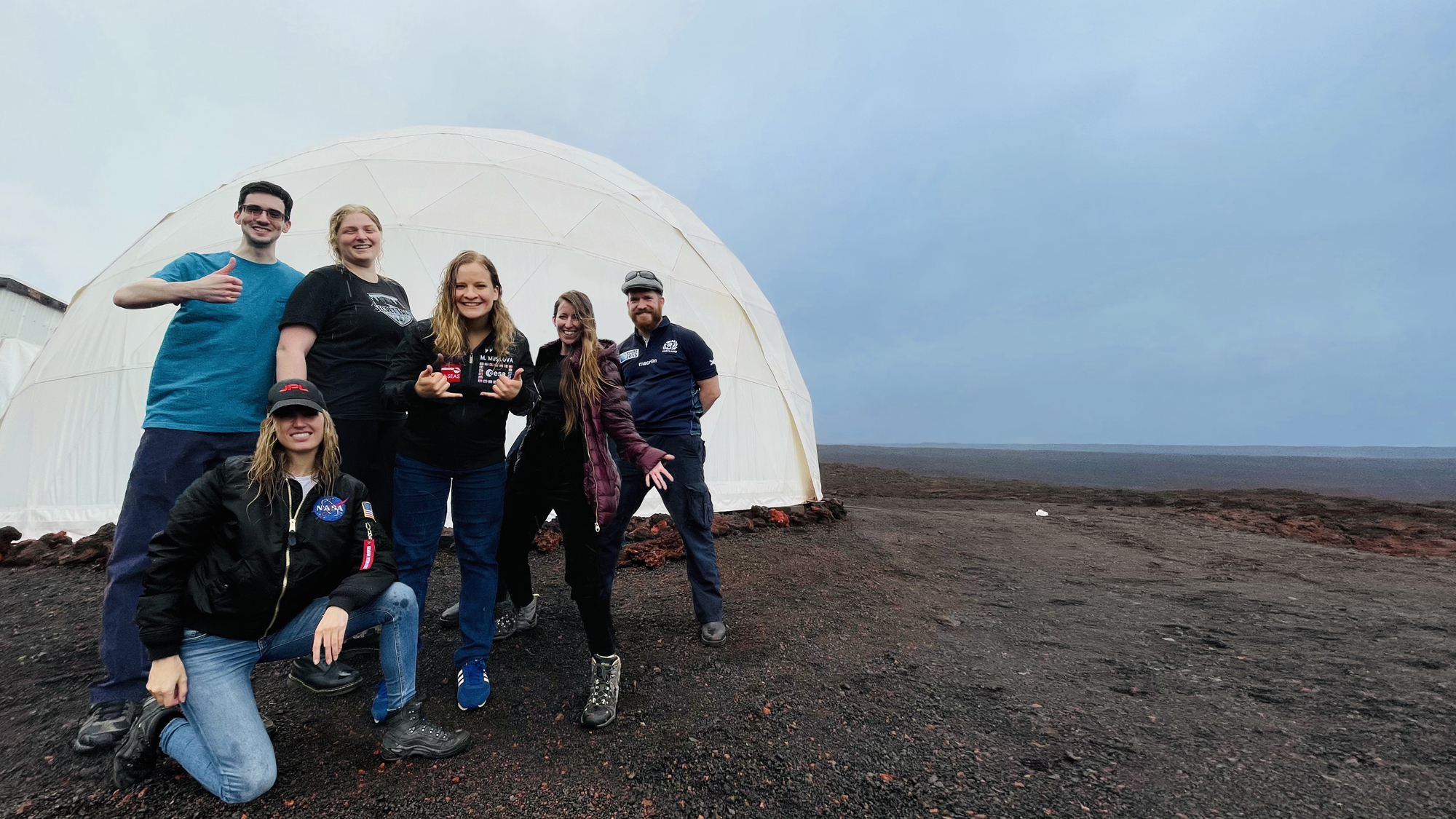
Dr. Michaela Musilova is the director of Hawaii Space Exploration Analog and Simulation (HI-SEAS) program, which conducts analog missions to the moon and Mars for scientific research at a habitat on the volcano Mauna Loa. Currently, she is in command of the two-week Valoria 1 mission and contributed this report to Space.com's Expert Voices: Op-Ed & Insights.
Commander's report for the Valoria 1 Mars mission at HI-SEAS
Sol 2 (Jan. 19, 2021)
Dome sweet dome. That is the name that most crews call HI-SEAS — the analog space research station in Hawaii. Sometimes it takes a few days or weeks for the crew to accept this station as a home. There are also times when the crew immediately embraces the environment that they are living in, even though it may be on a simulated version of Mars or the moon. The Valoria 1 crew that I'm currently on Mars with seems to be accepting this dome-shaped station as their home very quickly. Not only have they settled into their small crew quarters efficiently, they have also opened up a lot as people.
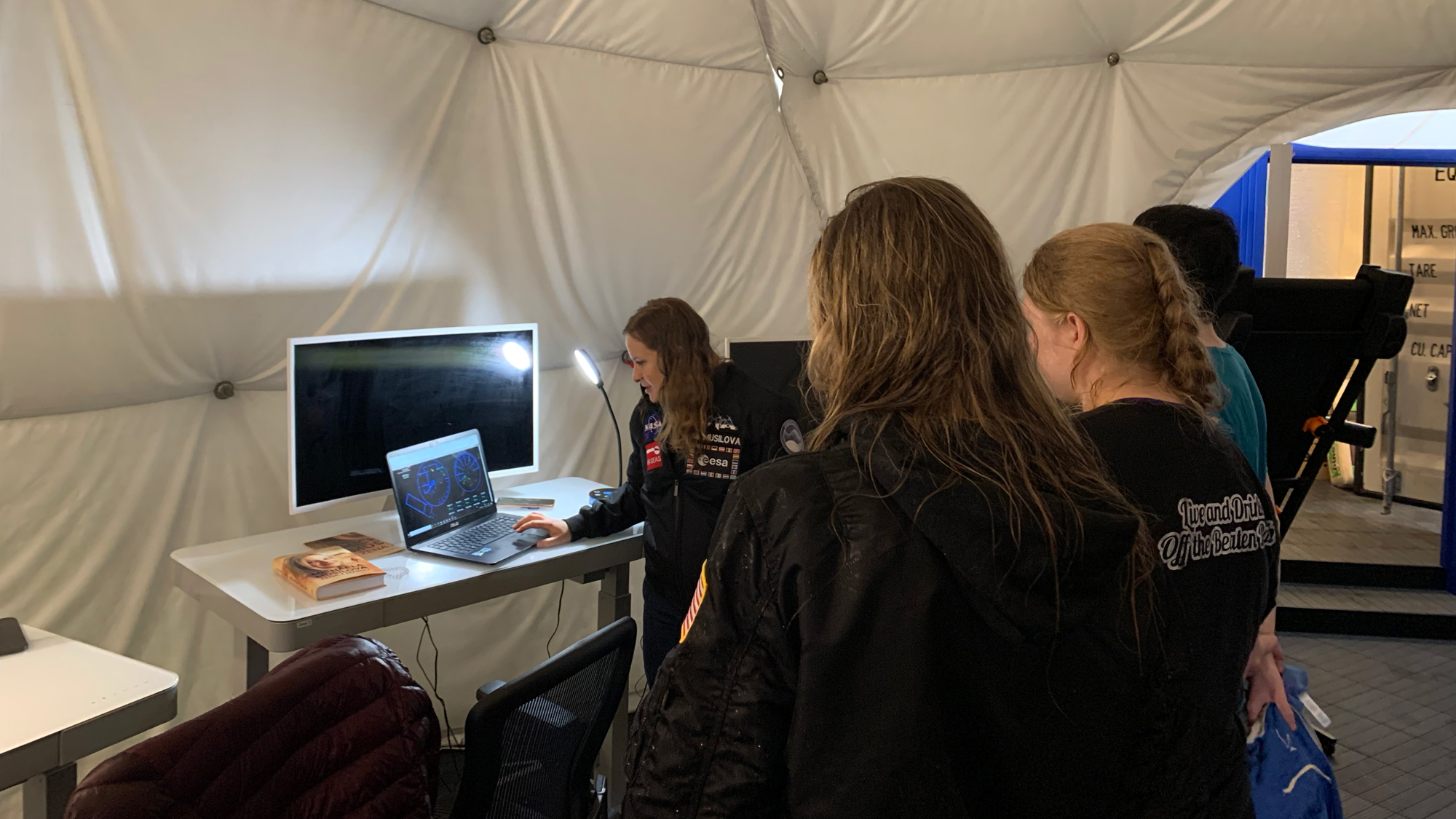
Today's conversation topics ranged from future career prospects, to personal body issues and deep romantic relationship discussions. I could barely get any work done as the crew was on a roll jumping from topic to topic, all while exercising, working, cooking and cleaning. I didn't want to tear myself away when my obligations were calling. While we may still have to work on finding a good balance between spending time together and working on our individual projects, this kind of crew bonding so early in the mission is a very good sign.
Our bonding activities have also included regular crew exercise routines. Every crewmember is required to exercise for at least 30 minutes every day, except for on days when we do "Marswalks." The spacewalks in the Martian terrain tend to be very exhausting since we're wearing heavy analog spacesuits and the lava rocks are difficult to navigate through. Dust storms (aka rain storms on the volcano Mauna Loa, where HI-SEAS is located) have forced us to stay indoors today, so the whole crew ended up taking on a pretty exhausting cardio and resistance training workout.
Related: What makes a great crew on the moon — Commander's report: lunar day 14
We joked that we are now grateful for having received a free "shower" yesterday (Jan.18) when we arrived at HI-SEAS during a "dust storm" (rain). During our mission, we only have an allowance of 100 gallons (380 liters) of water for the entire two-week mission. That includes drinking water, water for experiments and for cleaning. This usually means that the crew sacrifices showering throughout the mission to save water. Fortunately, we all seem mentally and physically prepared for that, so I'm hopeful body odors will not be an issue for us.
Get the Space.com Newsletter
Breaking space news, the latest updates on rocket launches, skywatching events and more!
The Valoria 1 crew is made up of Operations Officer Karin Metzgar, who is a mechanical engineer working in software development for space programs at Northrop Grumman. During her time at HI-SEAS, she will be developing an robot operating system (ROS) code and a 3D map of the HI-SEAS habitat as research for her autonomous 3D-mapping drone project that could be used to explore lava tubes on Earth and beyond.

Our two crew engineering officers are Kevin Pratt and Michael Barton. Kevin is a principal avionics engineer at Blue Origin, responsible for ground radio frequency (RF) communications systems supporting the New Glenn program. His research at HI-SEAS will include the testing of a software-defined radio (SDR) and antennas meant to receive satellite broadcast images from both polar-orbiting and geostationary weather satellites to demonstrate the potential for organic weather monitoring capability at the habitat.
Michael is a propulsion engineer at Stratolaunch, utilizing the world's largest airplane to launch hypersonic (faster than the speed of sound) vehicles. During the mission, he will be researching flight technologies useful for increasing the scientific value of a base on Mars, while also conducting an outreach project by creating educational videos highlighting parallels between HI-SEAS and the Mars exploration game "Occupy Mars."
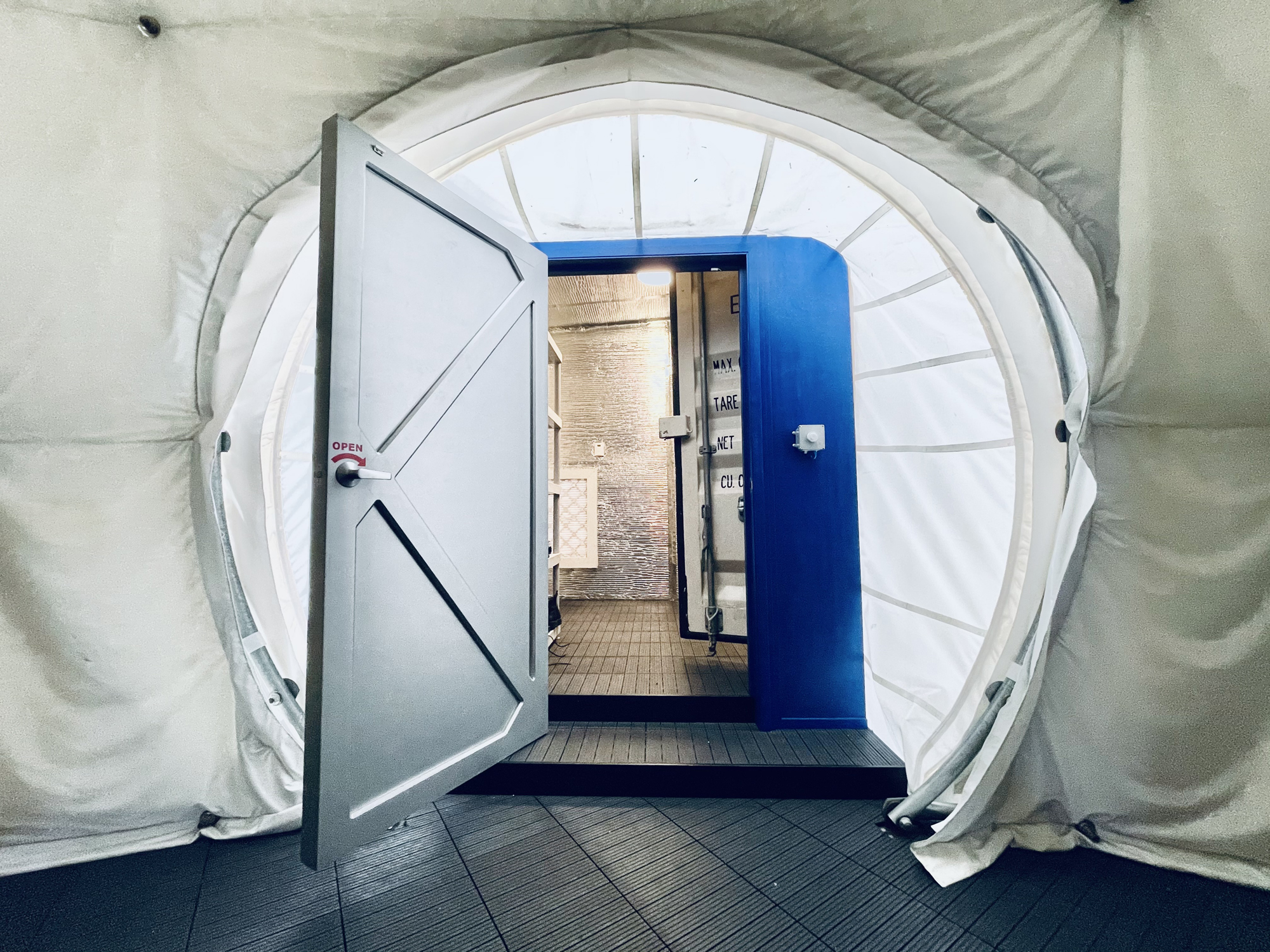
We also have two communications officers on the crew: Hillary Coe and MaryLiz Bender. Hillary was a human experience and design leader at SpaceX, responsible in part for the communication efforts behind NASA's Commercial Crew Program (for which SpaceX developed the Crew Dragon astronaut taxi). She is also working with SpaceX's Starship program, which aims to send humans to the moon and Mars someday on a Super Heavy rocket. She is here to test Marswalk materials, communication technologies, mental health tools and other components imperative for a nominal Martian/lunar experience.
MaryLiz is a futurist composer and space age storyteller, who co-founded the company Cosmic Perspective and founded the organization Zero-G Music. During the Valoria 1 mission, she will focus on the ways that music and art help the crew connect with themselves, each other, and humans back on Earth.
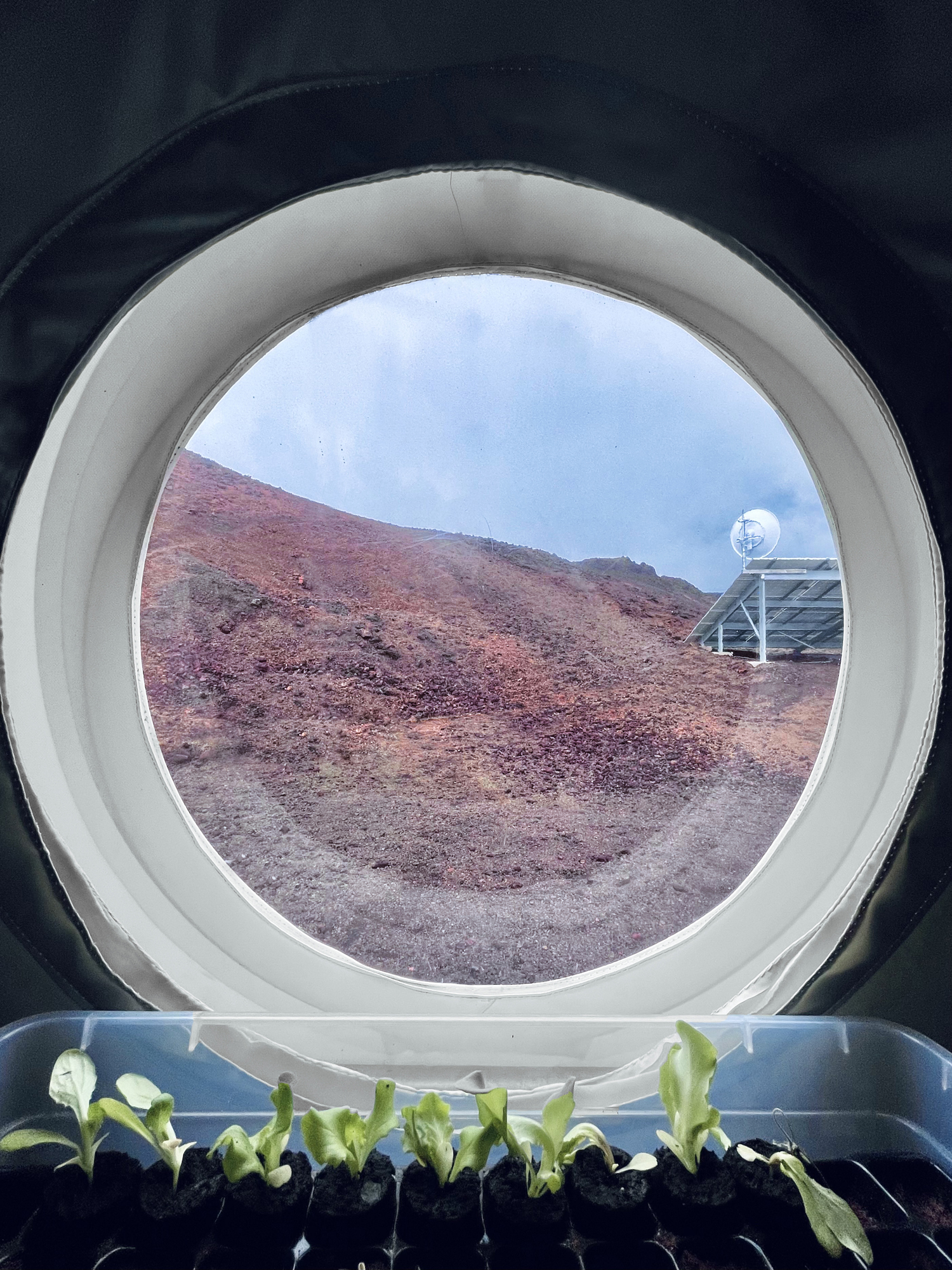
My name is Dr. Michaela Musilova and I am the Director of HI-SEAS. I will be the Commander of the Valoria 1 crew during our two week Martian mission. Actually, I will be leading four other missions after the Valoria 1 mission over the next few months, so this is just the start of my life "off-world" this year. Last year, I spent almost as much time on the moon and Mars as I did on Earth. Even though I really enjoy taking part in these analog missions, it does become difficult to live in these very restrictive conditions for long periods of time. On the other hand, it is my dream to go to the moon and hopefully Mars one day, so these experiences are definitely a great preparation for that.
Commander Musilova signing off to mentally prepare for the marathon of missions that are ahead of me.
Follow Michaela Musilova on Twitter @astro_Michaela. Follow us on Twitter @Spacedotcom and on Facebook.
Join our Space Forums to keep talking space on the latest missions, night sky and more! And if you have a news tip, correction or comment, let us know at: community@space.com.
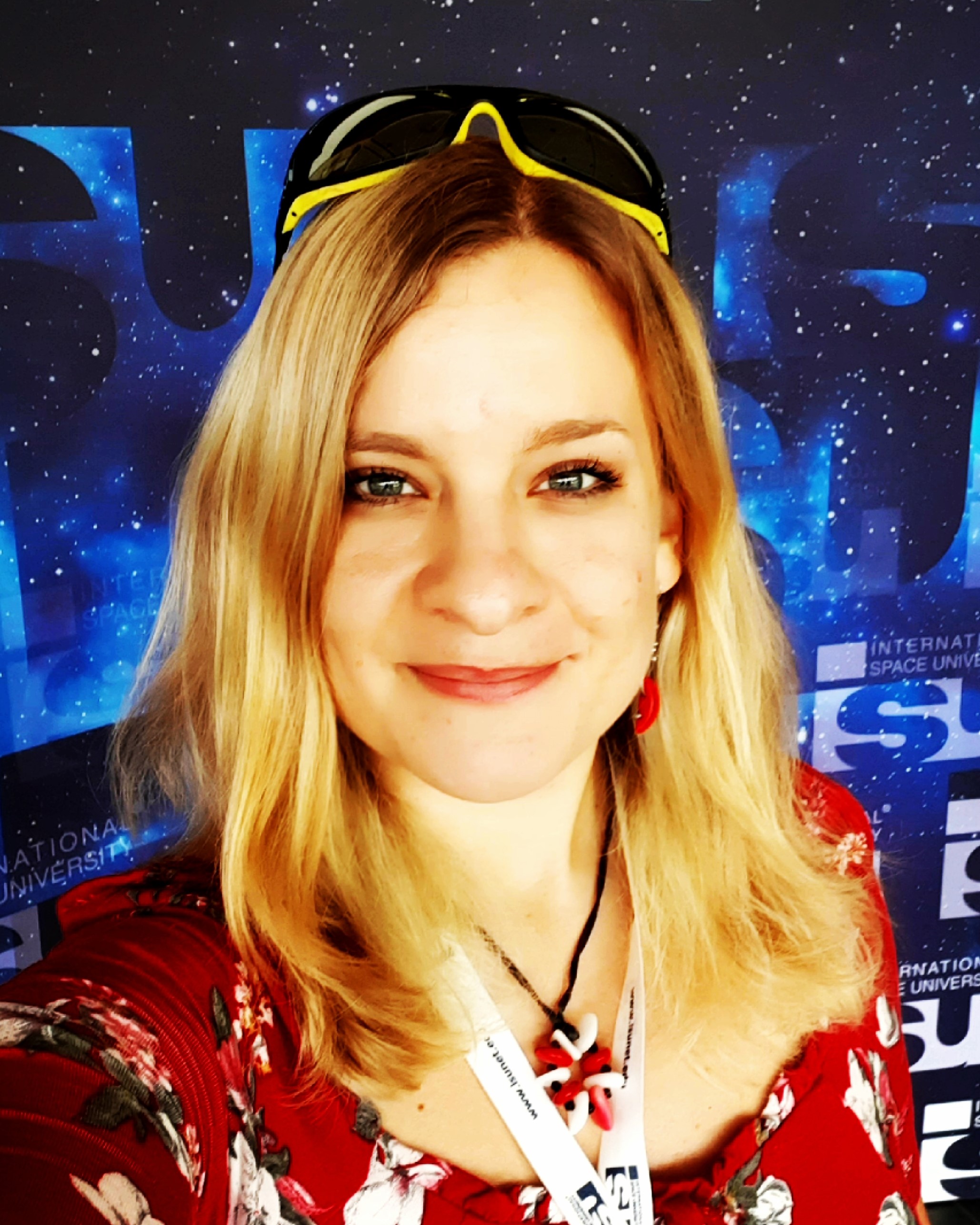
Dr. Michaela Musilova is an astrobiologist with a focus on life in extreme environments. She has a PhD degree from the University of Bristol and is a graduate from the International Space University's (ISU) Space Studies Program. Michaela's space research experience includes working at the NASA Jet Propulsion Laboratory, University of London Observatory, Canada-France-Hawaii Telescope, on NASA's and the U.K. Space Agency's MoonLite project, being an analogue astronaut and Commander of numerous simulated missions to the moon and Mars at the HI-SEAS station in Hawaii, and at the Mars Desert Research Station in Utah. Michaela is currently the Director of HI-SEAS, as part of the International MoonBase Alliance. She is also a visiting Professor at the Slovak University of Technology, Vice-Chair of the Slovak Organisation for Space Activities, Adjunct Faculty at ISU and the Senior Research Adviser for Mission Control Space Services Inc.
She has received numerous prizes and grants, including the Emerging Space Leaders Grant from the International Astronautical Federation (2016) and the Women in Aerospace – Europe Young Professional Award (2016), and she was selected as one of the most promising 30 under 30 by Forbes Slovakia (2015). Michaela is also actively involved in the Duke of Edinburgh's International Award, as a patron of the program in Slovakia and an Emerging Leader Representative for Europe, Mediterranean and Arab states. Furthermore, she enjoys participating in STEAM outreach activities from teaching at schools, giving public presentations, to working with the media and more, as well as encouraging people to pursue their dreams. For instance, she is an Advisory Board Member of the STEM Punks immersive programs for students and teachers.









